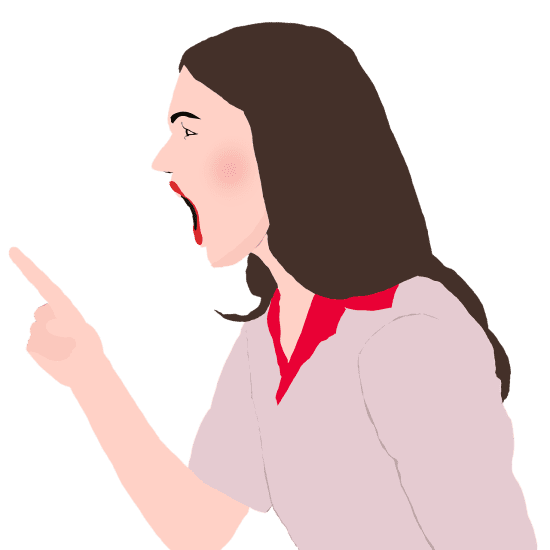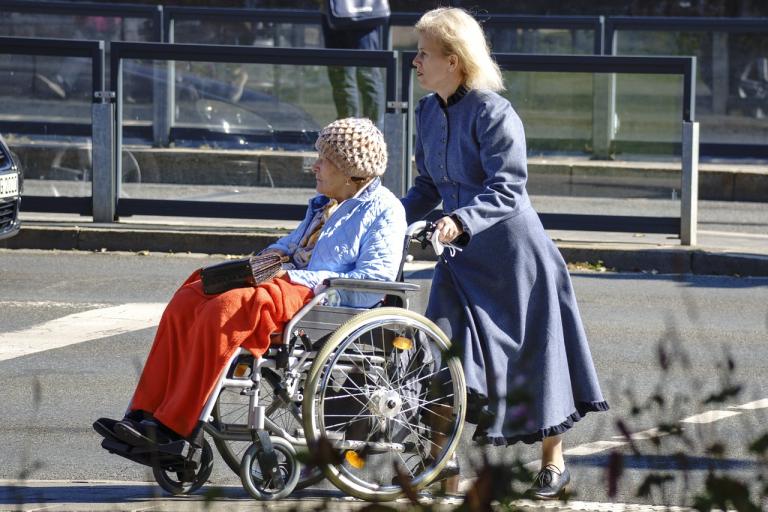If you’ve ever struggled with anxiety, you know how distressing and debilitating it can be. While anxiety is one of the most common mental health problems, numbers have been rising since the pandemic. According to the World Health Organization (WHO), both anxiety and depression grew by 25% during the pandemic. The stress of isolation, working at home, providing home-schooling and more resulted in more people feeling anxious than ever. Often, this stress and anxiety goes unrecognized despite the availability of good treatments.
As a result, medical experts from the U.S. Preventative Services Task Force are recommending that doctors now screen all patients under the age of 65, including those who are pregnant or postpartum, for anxiety. The thinking is that the screenings will help detect mental health problems early so treatment can be provided. The hope is that doctors will ask about anxiety and educate patients on the symptoms. Perhaps if screenings become part of regular care, the stigma associated with mental health problems will be less. It does appear that people seem more willing to admit to anxiety than other mental health concerns.
The age cut off of 65 was based on research that shows people over 60 report greater well-being compared to younger adults. However, in older people, there is often an overlap in symptoms involving anxiety and aging. Additionally, the panel is recommending adults over 65 be screened for depression.
One concern about this new recommendation relates to accuracy of screenings. Could there be some inaccurate screenings? Yes, but the risk is low and outweighs the benefit of identifying people who need help.
Right now, the recommendation for anxiety screening is a draft, meaning it is open to public comment. Here is what we know. The guidelines do seem a bit vague which indicates more discussion will be needed. Basically, a number of scales that screen for anxiety may be used. Most likely those scales/questions will be added to the paper work you fill out at the doctor’s office or on-line. For example, you might be asked about recent broad symptoms that have been present in the past month. And saying yes to screening questions does not mean you will be given an anxiety diagnosis, but it should result in more specific questions to decide if you need help.
The recommendation is that primary care doctors add this screening to their already busy list of tasks to do. As it is, there are currently screenings for cervical, colon and breast cancers, food insecurity, domestic violence, substance use and chronic health conditions. Consequently, the American Academy of Family Physicians (AAFP) representing approximately 127,000 plus physicians and medical students would like to review the evidence for need before they offer their support.
Another concern regarding the screening recommendation is that it is only useful if you can get people to needed resources. That could be a problem given the shortage of mental health services around the country. If you can’t get people treated, then not only is a screening a waste of time, but it could make patients even more anxious. Furthermore, more funding has not been allocated to help serve those who will need care. Cost of treatment is a barrier for many people.
Finally, we know that some people groups are more disproportionately affected by mental health concerns. For example, black people are less likely to receive mental health services compared to other groups. Misdiagnosis of mental health issues happens more often with Black and Hispanic patients. And rural communities often lack providers to treat mental health.
So, is this a step in the right direction? Potentially, if barriers to treatment can be overcome and the effort supports public health and well-being.



